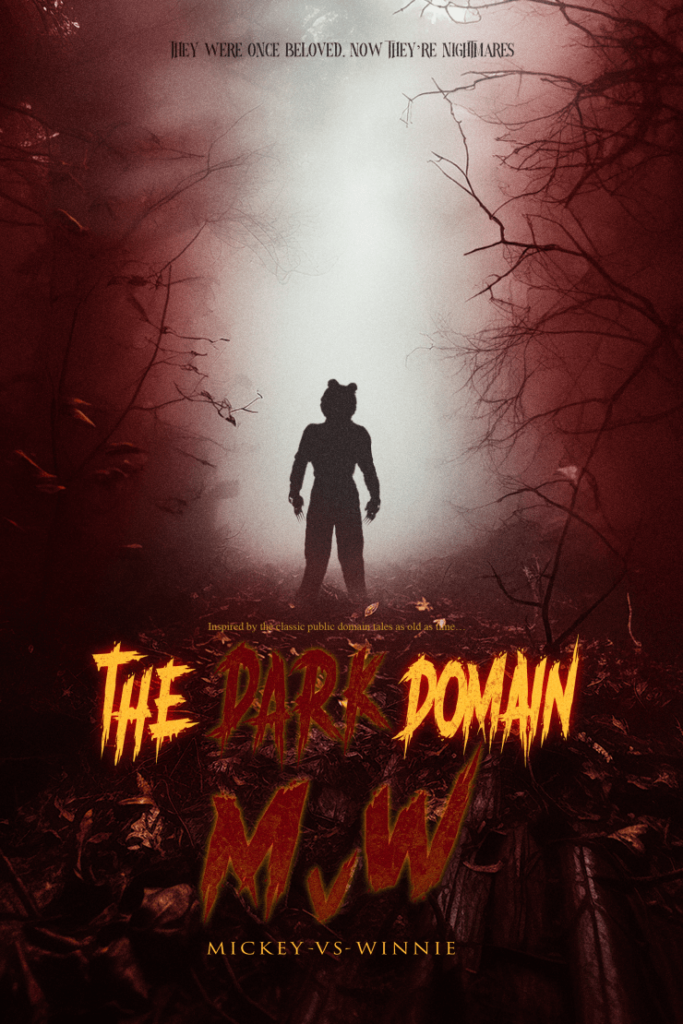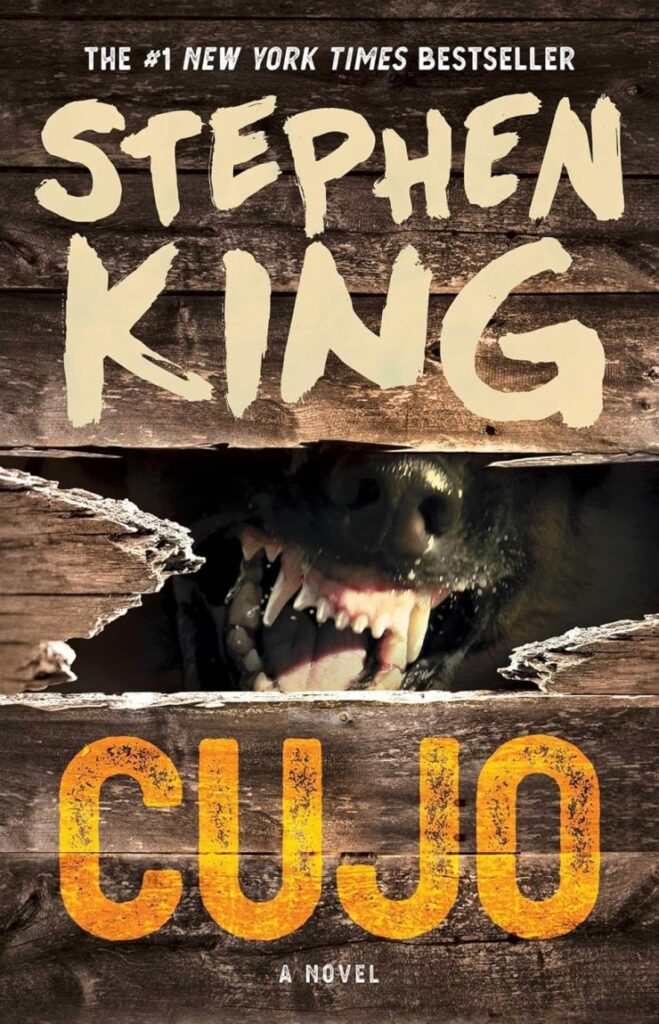David Kittredge’s passionate deep dive into The Exorcist II: Heretic pulls back the curtain on the notorious sequel’s troubled production, poor reception, and surprising legacy.
“Is this the movie that kills me?”
There’s something inherently satisfying about a comeback story or when some fringe cult classic suddenly becomes a colossal hit, even if it takes several decades to be appreciated. Horror is a genre that’s ripe with reappraisal and a natural longing for the past. It’s genuinely wild to see which non-existent slashers from the early 2000s are suddenly getting repertory screenings.
Horror’s revisionist history has made its way over to The Exorcist franchise, and fans have gradually come to the defense of rejected entries, like The Exorcist III and even Dominion: Prequel to the Exorcist. However, The Exorcist II: Heretic seems to be eternally razed and a scorched Earth title that’s beyond redemption. That being said, the most interesting film documentaries are the ones about failed productions instead of the winners. Hearts of Darkness, Burden of Dreams, Lost in La Mancha, and Lost Soul are remarkable works that some consider to be even better than the films that they’re talking about. The Exorcist II’s reputation makes the aim of Boorman and the Devil so interesting and arguably a richer title than if it were focused on any other Exorcist entry.
It feels like the world wants to forget about The Exorcist II: Heretic, almost as if it’s some shared delusion. It’s a more reviled sequel than any of the most polarizing Halloween or Friday the 13th entries. Made over the course of seven years, director David Kittredge’s (Queer for Fear: The History of Queer Horror) documentary is a sincere, impassioned breakdown of a disgraced sequel’s philosophy, production, and reputation. It will make you want to immediately watch The Exorcist II: Heretic, which is the greatest praise that one could give this documentary.

A sequel to a film that’s as commercially and critically acclaimed as The Exorcist is such fascinating territory to explore. There’s a built-in expectation that a follow-up will pale in comparison to the original, but there’s also a built-in formula that’s easy to ride to success by not rocking the boat. There’s a very easy sequel that director John Boorman could have made with his Exorcist follow-up that wouldn’t have been creatively fulfilling, but likely would have made waves at the box office. Boorman takes a huge risk in doing an extremely unconventional Exorcist sequel that fell flat for most fans, but clearly has a point of view and is trying to do something original with this universe and its approach to demons. Boorman and the Devil doesn’t claim that Boorman’s approach is the best idea for an Exorcist sequel.
However, it does go to great lengths to explain his perspective and why he believed it was the right angle for the sequel. Boorman’s personal insight, boosted by testimonials from people involved in the production like Linda Blair and Louise Fletcher, earnestly examines a layered sequel that’s often dismissed instead of dissected.
Boorman took such painstaking lengths to push the medium forward and make a sequel that was visually innovative, on top of everything else. Kittredge breaks down the film’s complex cinematography and the lengths that they took to secure certain shots, including the lost art of in-camera effects like “ghost glass,” matte paintings, and evolving camera technology. This is a film that Boorman poured himself into because he wanted to create a dense meditation that’s a layered response to the original and the questions that it asks, rather than some standard run-of-the-mill sequel. Despite these lofty goals, Boorman left the experience genuinely unsure if he would ever direct another movie again in his life.
Boorman and the Devil has so much to say regarding Boorman’s psychology during the film’s production and the high expectations that this sequel faced. The film’s failure and the subsequent tarnishing of the Exorcist franchise as a whole is compelling territory for the documentary to unpack. However, the doc also benefits from just how many unbelievable disasters and setbacks took place during filming. This was literally a film where Boorman nearly died during production, the likes of which seemed to be plagued by curses as if they were personally being tortured by Pazuzu.

There are ridiculous stories about filming hurdles and production woes that guarantee that Boorman and the Devil will keep the interest of anyone who is even slightly intrigued by film production. The documentary does so much more than just the bare minimum of “Did you Know?” and regurgitated tales that have filled endless sound bites. Kittredge builds upon these entertaining production woes and pushes them even further. At nearly two hours, the documentary doesn’t belabor itself or overstay its welcome, but it makes sure to absolutely pack its runtime with as much insight and ephemera as possible.
Kittredge’s doc digs deep into The Exorcist II’s troubled production, but it’s also just as interested in its director, both as an individual and as the one at the helm of this out-of-control oddity. This perspective becomes the film’s secret weapon. At no point does Boorman and the Devil insult The Exorcist II or try to humiliate its production. This is a documentary that’s all about understanding and trying to put the audience into the mindset of someone who entered this production with the best of intentions and the goal of truly innovating a franchise in a sequel that was already set up to fail, so to speak. It’s a deep meditation on dashed dreams and when reality fails to live up to expectations.
Boorman and the Devil presents the necessary context to leave the audience feeling crestfallen that this sequel didn’t connect and find an audience, even if they don’t like it themselves. It presents Boorman as a true innovator, not a journeyman director who wanted an easy paycheck. In many ways, the position that Boorman was placed in feels comparable to where Mike Flanagan is currently situated with his follow-up to the legacy sequel, The Exorcist: Believer. Boorman and the Devil pays off this connection by including Flanagan as one of the many contemporary interview subjects, alongside Karyn Kusama and Joe Dante, who weigh in to defend The Exorcist II. Honestly, everyone who you would want to chime in on the maligned sequel manages to pop up here. No stone goes unturned.

This emphasis on Boorman, rather than purely focusing on The Exorcist II, lends itself to some enlightening reflection by including Boorman himself in the discussion. The filmmaker, who is now 92, reflects on what was arguably the worst experience of his professional career, which happened close to 50 years ago. Boorman and the Devil benefits from how it juxtaposes Boorman’s current self, who made peace long ago with the younger and scrappier version of him who had something to prove. Both of these versions are juxtaposed against each other and contrasted to great effect. It’s an enlightening deconstruction of how Boorman has grown since Exorcist II’s production and the symbiotic way in which the film changed him. He’s carried the weight of it on his shoulders for the rest of his career.
Boorman and the Devil is absolutely everything that you’d want from an Exorcist II deep dive reclamation. Kittredge’s thorough exploration of this title is evident, and compelling information is put together in an impressive, comprehensive package that avoids many of the standard talking head documentary pitfalls. It’s also surprisingly funny. Boorman’s liberated attitude towards The Exorcist II creates the perfect atmosphere where he can joke about wishing that he had actually died during production so that he wouldn’t have to endure the film’s release. Boorman and the Devil goes above and beyond to be the definitive text on The Exorcist II. This documentary will delight horror and Exorcist fans alike, but it also provides incredible insight for anyone who is just marginally interested in film production. The film is even accessible in an even broader sense when it comes down to the eternal pursuit of art versus commerce and why big swings – even failed ones – are so important.
The Exorcist II: Heretic may have ruined Boorman’s career, yet there’s a poetic beauty to the fact that he’s responsible for some iconic cinema like Deliverance, Excalibur, and Point Blank, yet it’s The Exorcist II that’s the only title from his filmography that’s the subject of an entire documentary. This speaks to the power of this ambitious misfire and the legacy that it’s left behind, not just as a vilified sequel, but a cautionary lesson in brand expansion and the perils of commerce versus art.
Boorman and the Devil screened at the Brooklyn Horror Film Festival; release info TBD.


The post ‘Boorman and the Devil’ Compels You To Appreciate A Much-Maligned Horror Sequel [BHFF Review] appeared first on Bloody Disgusting!.


